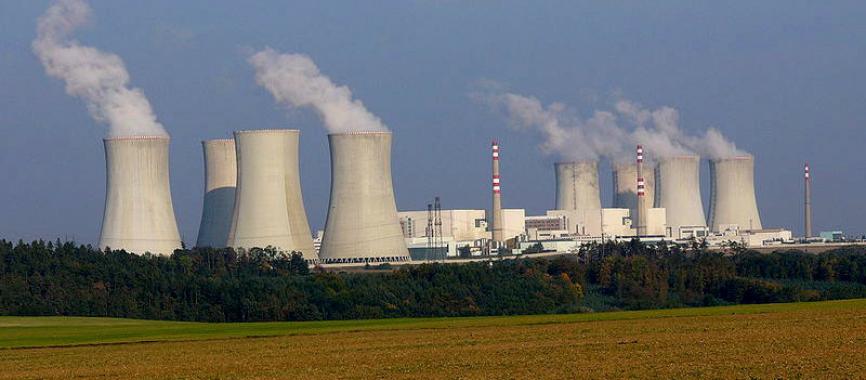In my last blog post, I talked about the U.S. NRC approving the GE-Hitachi Economic Simplified Boiling Water Reactor design. The whole issue of licensing is complicated with different countries applying different criterion for granting licenses. And inside a particular country, the rules may not be applied consistently. The nuclear industry would prefer to have a more consistent and faster licensing process. This would certainly be more attractive to investors.
Some licensing and permitting goals are obvious. One of the most important is insuring safety and security. Regulatory agencies want to decrease threats to the environment and other negative possible impacts. There should be transparency and acceptance by all the stakeholders, not just the shareholders. The industry and the regulatory agencies should be efficient. In addition, the nuclear industry would like to facilitate investment.
According to the nuclear industry, the licensing and permitting of nuclear reactor construction is too long and costly. There are many issues that must be resolved. A site must be selected and its suitability documented. A “licensable entity” must be created. A reactor design must be selected and certified. A supply chain must be created that supports the reactor and satisfies the regulators. Long term commitments must be made with respect to fuel, etc. The community of stakeholders must be involved early in the process and continue to be engaged. And, finally, all the paper work involved with licensing and permitting must be completed, submitted, approved and defended against law suits. The big problem with finding investment lies in the fact that investors must be secured before the licensing and permitting process begins with no guarantee that it will be successful.
In the United Kingdom, there are many approvals that must be obtained during the process of licensing and constructing a nuclear power reactor. “The first phase includes justification of a reactor design; a Generic Design Assessment; a nuclear site licence application; a funded decommissioning plan; a strategic siting assessment; an environmental impact assessment; a Development Consent Order (DCO) application; consultation with the local community; a generation licence; preliminary site work permission, nuclear insurance; and an environmental permit. The second phase requires satisfying ongoing licence and DCO pre-operation conditions, as well as other consents for materials handling and grid connection.”
There are three new trends with respect to nuclear power reactor licensing and construction. There are vendor-initiated ventures where private companies and consortiums dominate and utilities no longer play a prominent role. Vendors prefer to have a customer lined up before investing in preliminaries. Key milestones need to be coordinated to attract investors. Unlike utilities, some consortium members may want to pull out of the arrangement and there must be an exit strategy for them. A consortium of different entities may have a diversity of goals and internal processes that must be taken into account.
A second trend is toward setting up new build sites near existing legacy sites. Factors taken into account for the original sites such as seismic stability, water availability and transportation usually remain the same which benefits siting new reactors in the same area. On the other hand, there might be conflict between the safety of the legacy power plant and the new power plant or left over contamination from a previous power plant. The new and old power plants might compete for labor, transportation, grid capacity, etc.
The third trend has to do with gain the cooperation of the regulatory agencies by engaging the regulators in the commercial licensing and permitting timelines. Changes to governmental planning can serve to improve the predictability of projects. Political goodwill through community engagement can lower the risk of engaging in the licensing and permitting process.
UK nuclear regulatory agency logo:






